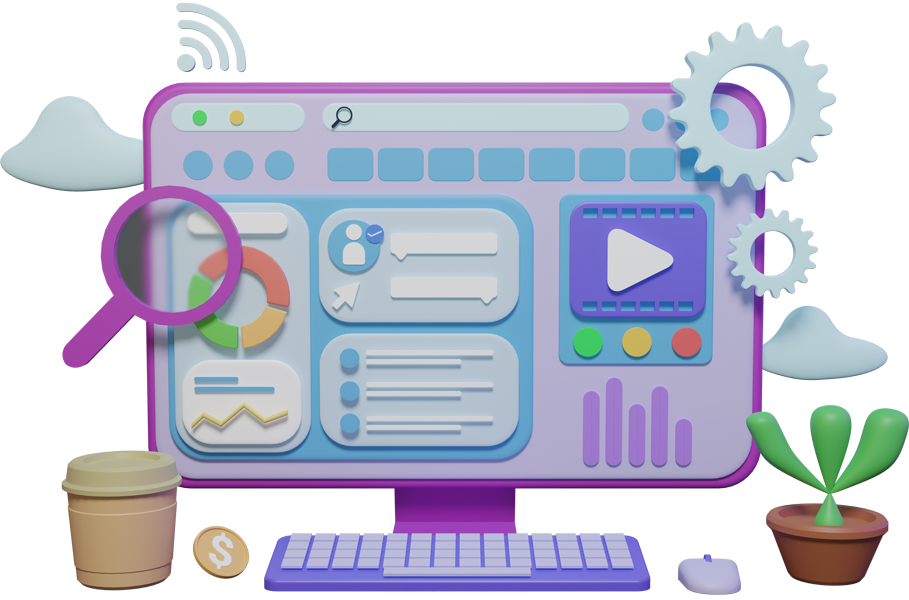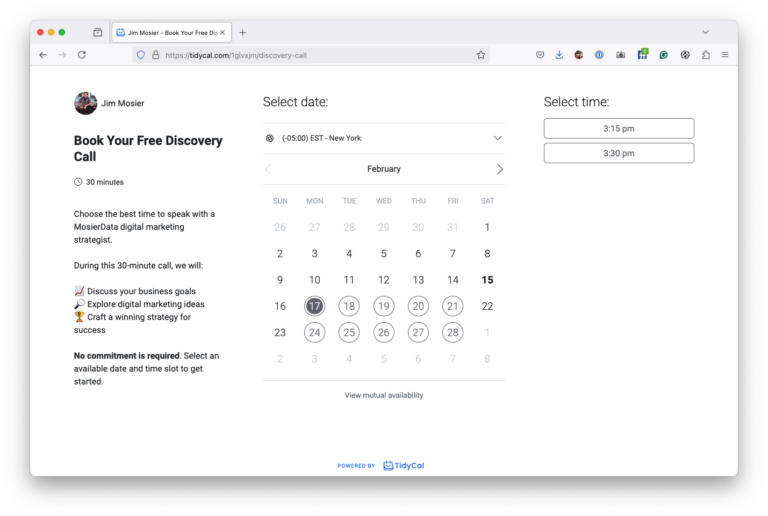Managing blog posts effectively requires careful planning and strategic approaches. You should start by organizing content with categories and tags, ensuring it’s easy for readers to navigate. Scheduling posts consistently helps maintain reader interest and boosts engagement. Don’t overlook plugins—they enhance blog functionality tremendously. Optimizing for SEO is a must to increase visibility. As you engage readers with interactive elements, you’ll also need to analyze metrics for performance insights. Curious about integrating social media and ensuring accessibility?
When you’re organizing your blog, setting up categories and tags is essential for maintaining a tidy and user-friendly site. Categories act as broad containers for your content. Think of them as the main topics your blog covers. It’s paramount to define them clearly, so visitors can easily navigate and find what they’re looking for.
On the other hand, tags are more specific and help pinpoint details within a post. They work like keywords, aiding in searchability and SEO. By using relevant tags, you allow readers to discover related content, keeping them engaged longer. Remember, don’t overuse tags; too many can confuse both readers and search engines.
A well-thought-out structure enhances your blog’s usability and keeps your audience coming back.
To maintain a steady flow of content, scheduling posts is critical for consistent publishing on your blog. Consistency keeps your audience engaged and helps build a loyal readership.
Start by planning your content calendar. Decide how often you want to post each week or month. A clear schedule guarantees you’re not rushing to produce content at the last minute.
Use your blog platform’s built-in scheduling feature. Write posts in advance and set them to publish at specific times. This way, your content goes live even when you’re busy. Scheduling also gives you a chance to review and refine your posts before they’re published, enhancing quality.
Stay organized and reduce stress by knowing your content is ready to go when needed.
While managing a blog, leveraging plugins can greatly enhance its functionality and user experience. Plugins offer you the flexibility to add features without needing to immerse in complex coding.
For instance, you can integrate social media sharing buttons, improving your content’s reach. Want to make your blog more interactive? Add a comment plugin so readers can leave feedback. Worried about security? There are plugins designed to protect your site from threats.
You can even use plugins to speed up page loading times, ensuring visitors don’t click away in frustration. Remember to regularly update your plugins to maintain ideal performance and security. By thoughtfully selecting and managing plugins, you’ll create a more dynamic and engaging blog that attracts and retains readers.
Crafting blog posts with SEO in mind is crucial for increasing visibility and drawing organic traffic to your site. Start by identifying relevant keywords that your target audience is searching for. Use these keywords naturally throughout your post, especially in titles, headers, and meta descriptions. Don’t overstuff keywords; aim for a natural flow that keeps readers engaged.
Structure your content with clear headings and subheadings to enhance readability. Search engines favor well-organized content, so break up text into short paragraphs. Use bullet points or numbered lists for easy scanning. Include internal and external links to provide additional value and context.
Finally, optimize images with descriptive alt text. By focusing on these elements, you’ll improve your blog’s search engine ranking and attract more readers.
Leveraging interactive elements is a powerful way to captivate your audience and keep them engaged with your blog. Use polls and quizzes to encourage readers to participate actively. These tools not only make your content more fun but also provide valuable insights into your audience’s preferences.
Incorporate comment sections to foster community and dialogue. This interaction can turn casual readers into loyal followers. Adding multimedia elements like videos or slideshows can break up text and make information more digestible. Don’t overlook the power of embedding social media feeds, allowing readers to share content directly.
These strategies transform passive reading into an engaging experience. By combining these elements, you create a dynamic blog that’s more likely to retain and grow your audience.
Consistently analyzing your blog’s performance metrics is essential for understanding what’s working and what needs improvement. Explore metrics like page views, bounce rates, and average time on page to gauge reader interest and engagement.
Are visitors spending enough time on your content, or leaving too quickly? Look at traffic sources to identify where your audience comes from and which channels are most effective.
Pay attention to conversion rates if you’re aiming for specific actions, like newsletter sign-ups or product purchases. Don’t ignore user feedback in comments and shares, as they provide valuable insights into audience preferences.
Using tools like Google Analytics can streamline data analysis, helping you make informed decisions to refine content and optimize your blog’s success.
While your blog might’ve outstanding content, integrating social media can greatly amplify your reach. By sharing posts on platforms like Facebook, Twitter, and Instagram, you tap into vast audiences avid for engaging content. Create eye-catching visuals and compelling captions to entice users to click through to your blog.
Don’t just stop at sharing; engage with your audience through comments and direct messages. Respond to questions, start conversations, and build relationships that foster loyalty.
Utilize tools like Buffer or Hootsuite to schedule posts, ensuring consistent presence across platforms. Cross-promote your blog on different social media channels to maximize visibility. Encourage your followers to share your content, further expanding its reach. Remember, active participation and strategic sharing can turn casual readers into dedicated followers.
Expanding your blog’s reach through social media is just the beginning. To truly engage your audience, you must guarantee your blog is accessible and usable for everyone.
Start by using a clean, simple layout that’s easy to navigate. Make sure your text is legible, with high contrast between the background and font color. Use alt text for images so visually impaired users can understand the content through screen readers.
Also, confirm your site is mobile-friendly; test its responsiveness across different devices. Don’t forget to check that all links work and pages load quickly to avoid frustrating your visitors.
To effectively manage guest contributors on your blog, start by setting clear guidelines so everyone knows what’s expected.
Create a submission process that’s straightforward and easy to follow. Communicate regularly with contributors, providing feedback and support. Use a content calendar to keep track of deadlines and publishing dates.
Encourage collaboration by engaging with their content and promoting it across your channels. This approach will help maintain quality and foster strong relationships.
To effectively monetize your blog content, start by identifying your niche audience and tailoring content to their interests. Use affiliate marketing by recommending products you trust. Don’t forget to incorporate display ads through platforms like Google AdSense.
Offer premium content or subscriptions for exclusive access. You should also consider creating digital products like e-books. Engage with your audience to build trust and leverage email marketing for promotions and updates.
When you encounter negative comments or criticism on your blog, address them calmly and constructively. Acknowledge the feedback and respond politely, showing readers you value their opinions.
If a comment is particularly harsh or inappropriate, you can moderate it or remove it if necessary. Encourage positive dialogue by setting a respectful tone.
To maintain a content calendar, start by identifying your blog’s goals and audience.
Plan your posts around key dates and events relevant to your niche. Use tools like Google Calendar or Trello to organize topics, deadlines, and publishing dates.
Regularly review and adjust your calendar to stay flexible with trends or unexpected changes. Prioritize consistency but allow room for spontaneity to keep your content fresh and engaging.
To choose the right blogging platform, start by identifying your needs. Consider your technical skills, budget, and the features you require.
If you want ease of use and flexibility, WordPress might be ideal. For a more visual approach, try Squarespace or Wix. Think about scalability and customization options too.
Compare platforms based on support and community resources. Ultimately, pick one that aligns with your goals and enhances your blogging experience.
By managing your blog posts effectively, you can create a more engaging and successful online presence. Organize your content with categories and tags, and schedule posts for consistent publishing. Leverage plugins to boost functionality and optimize your content for SEO. Keep your readers engaged with interactive elements and analyze performance metrics to refine your strategy. Don’t forget to integrate social media for a wider reach and guarantee accessibility and usability for all visitors.

